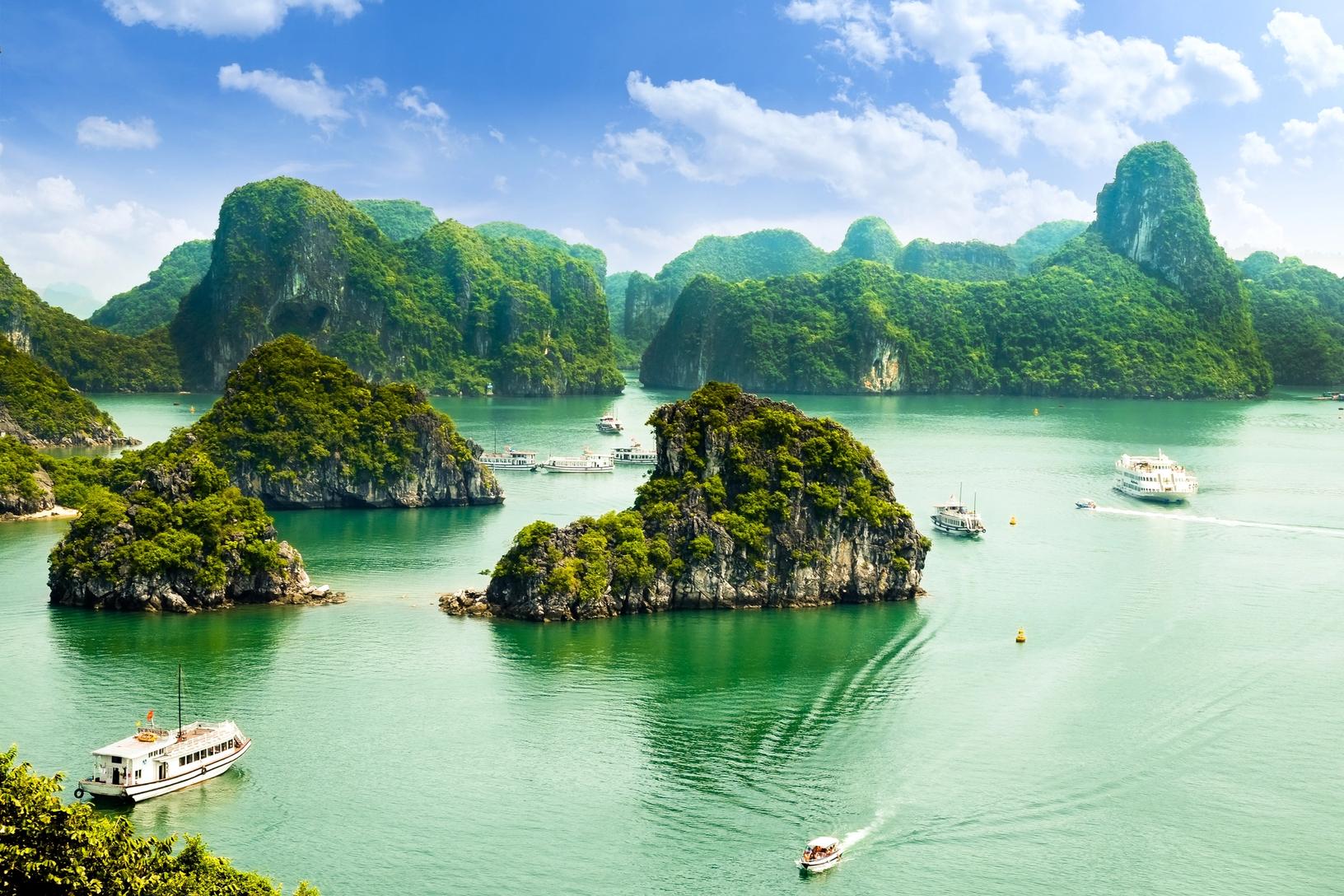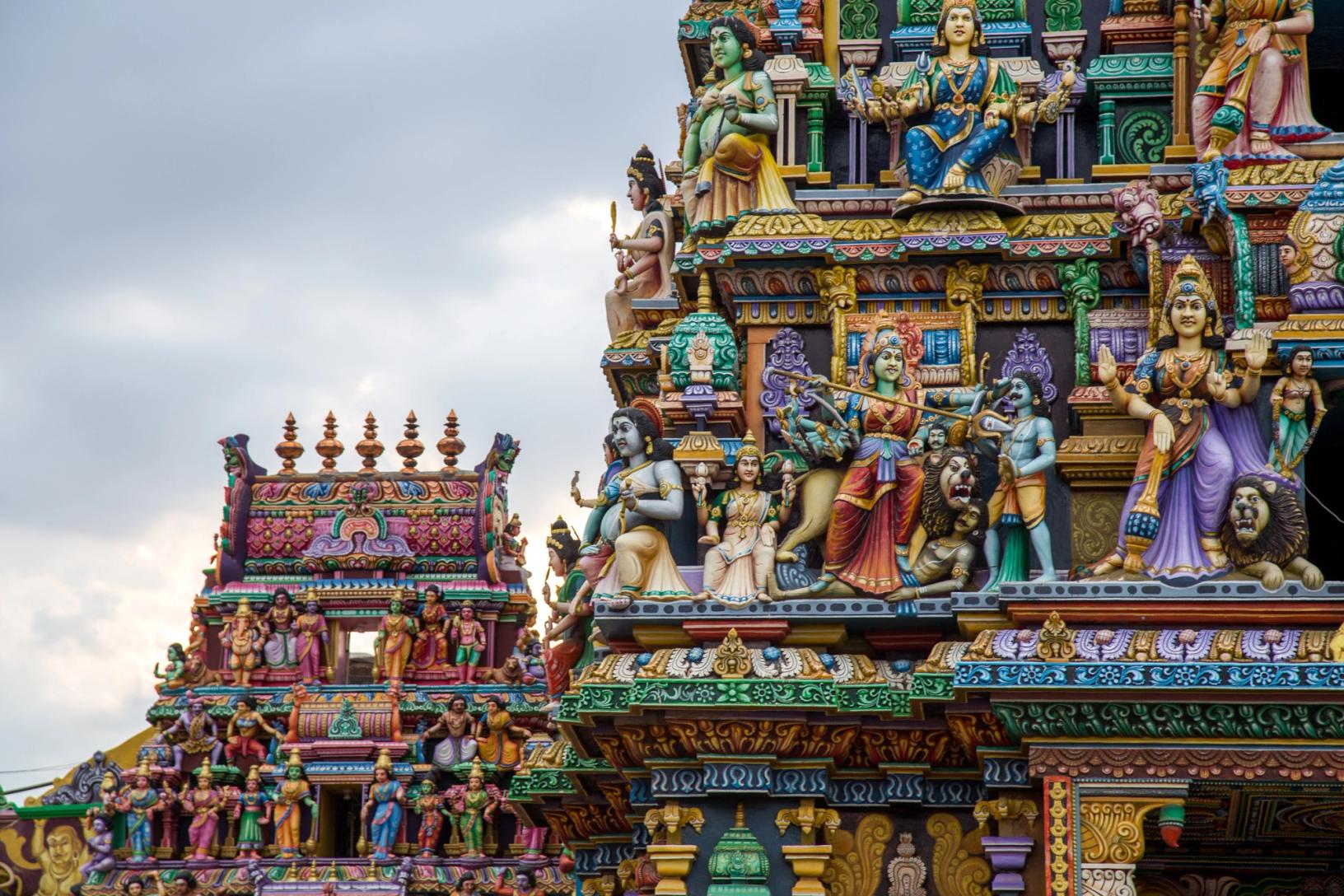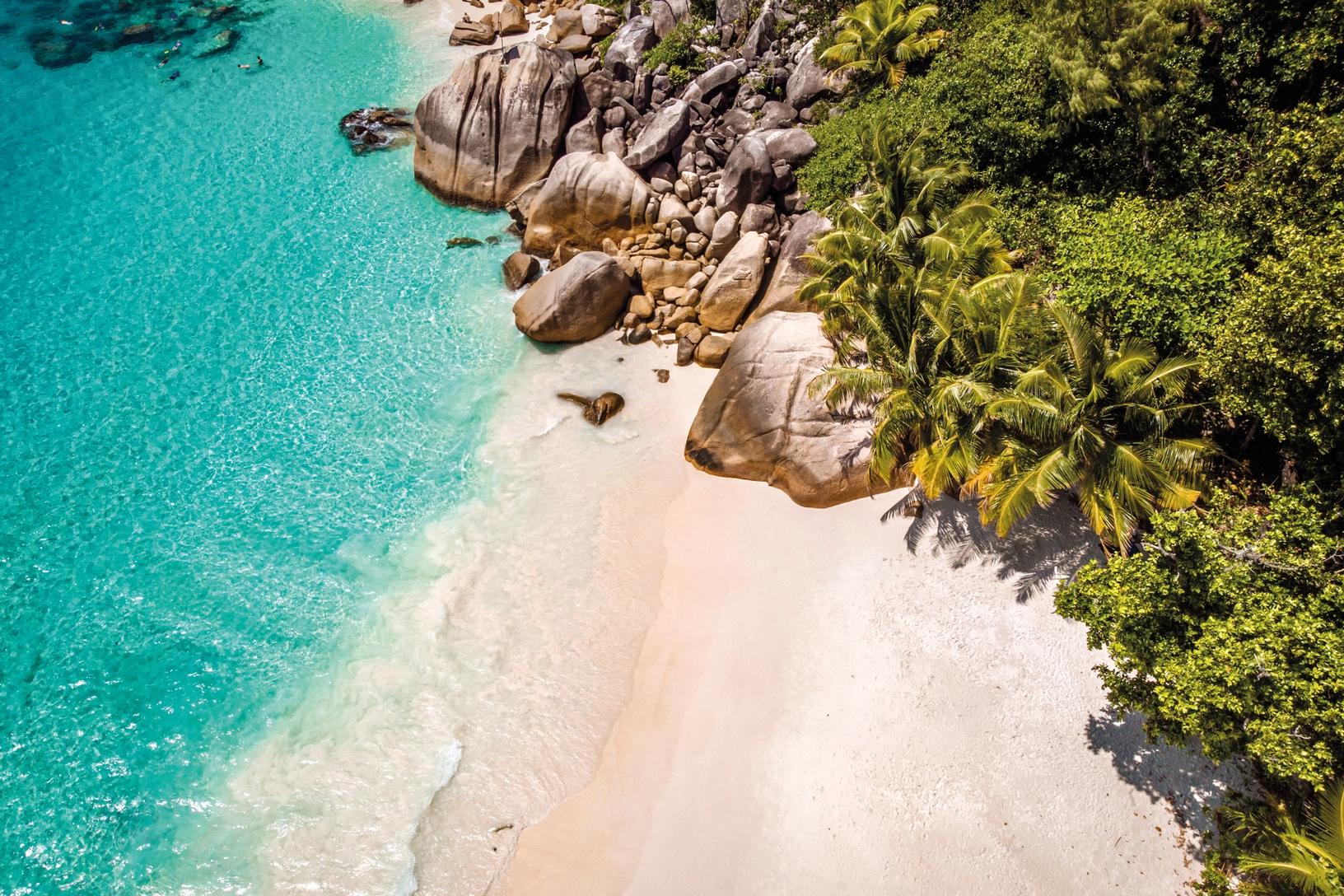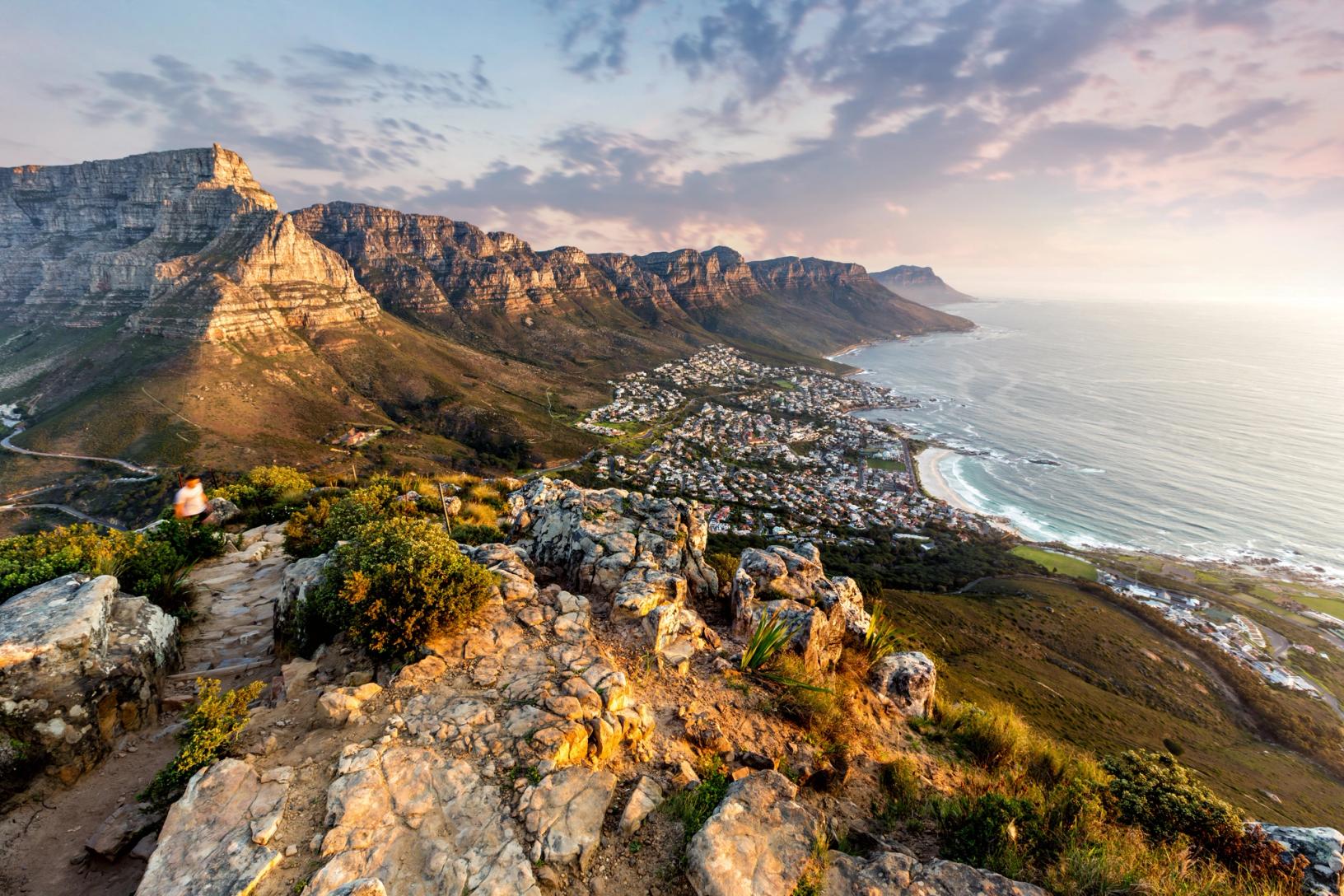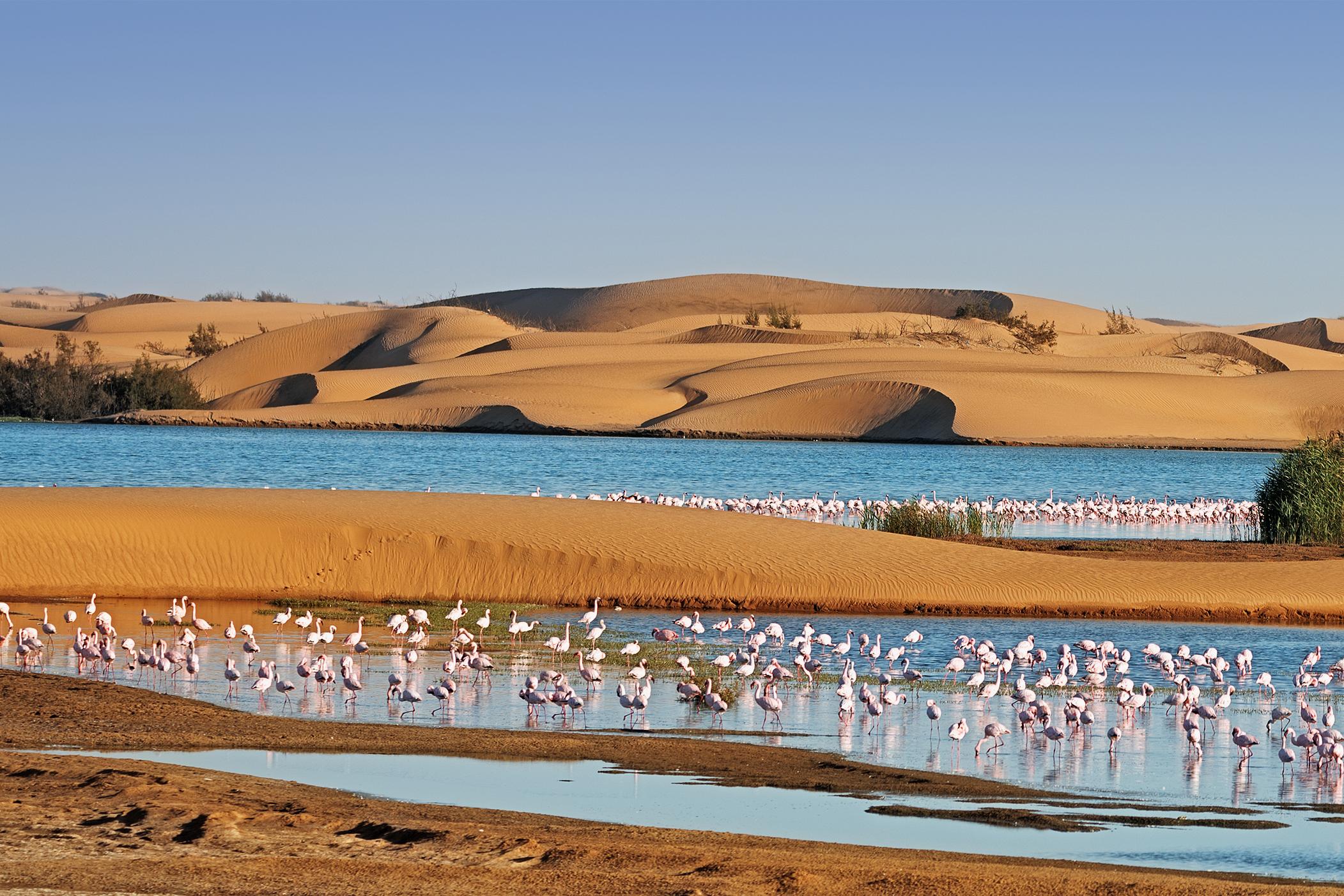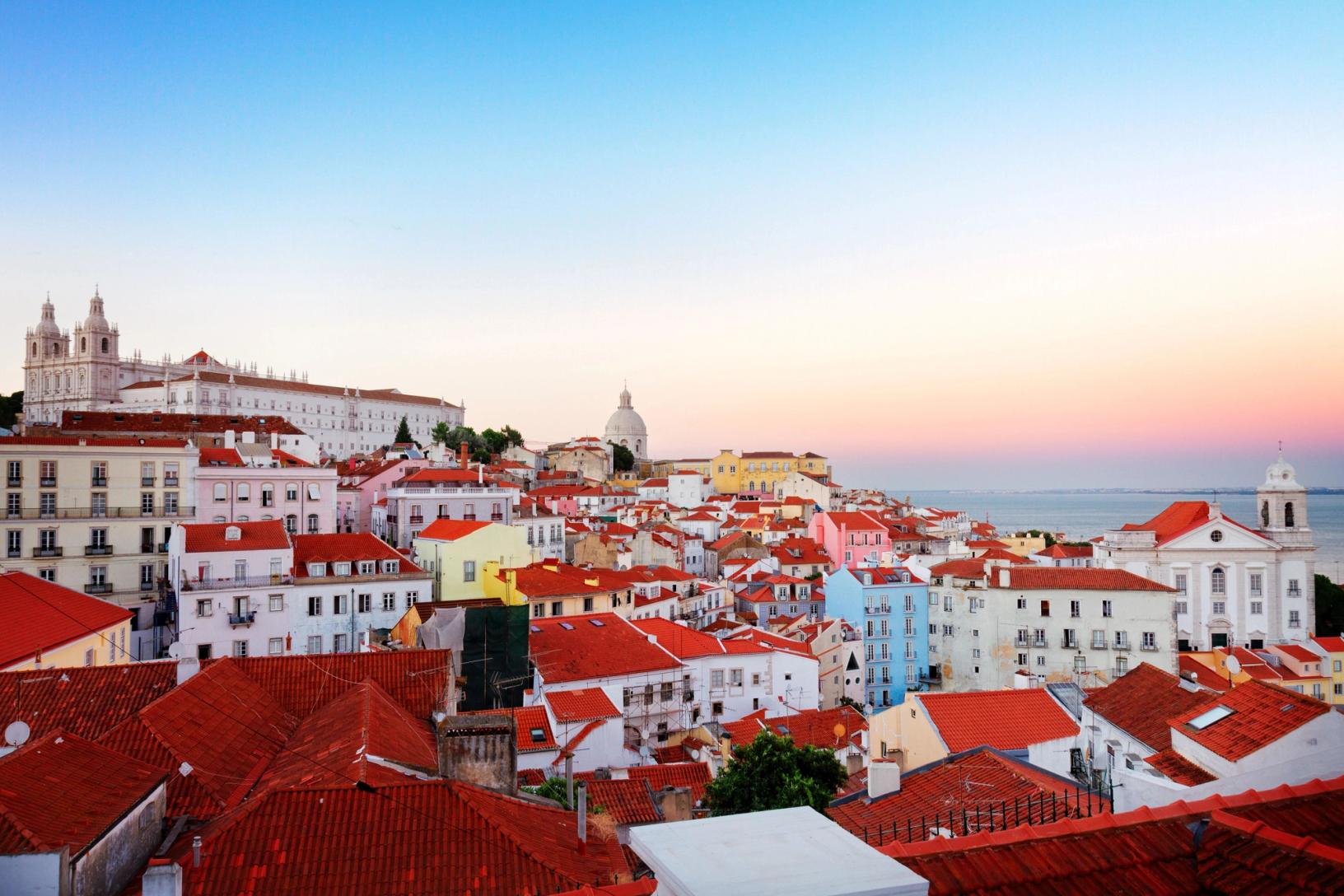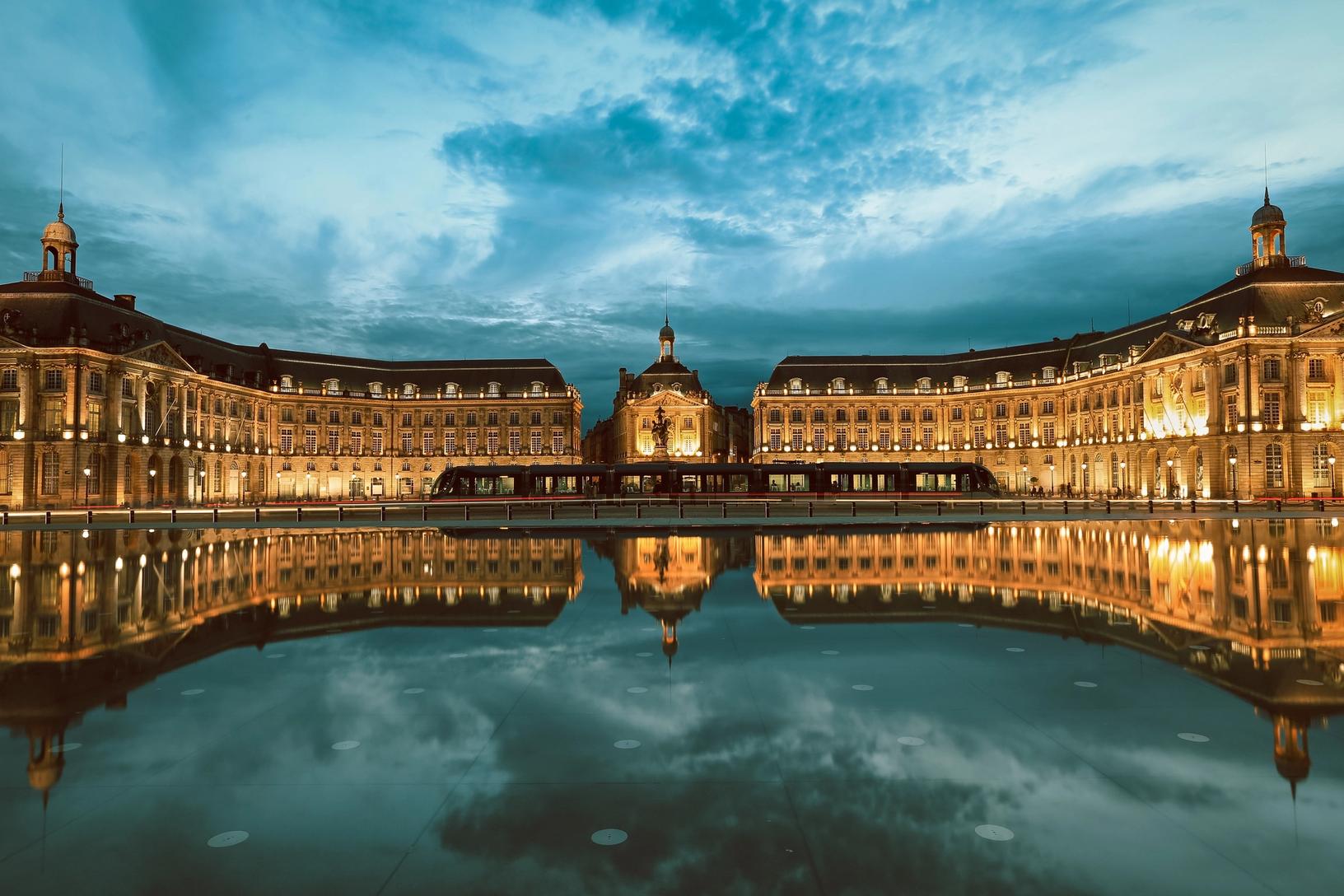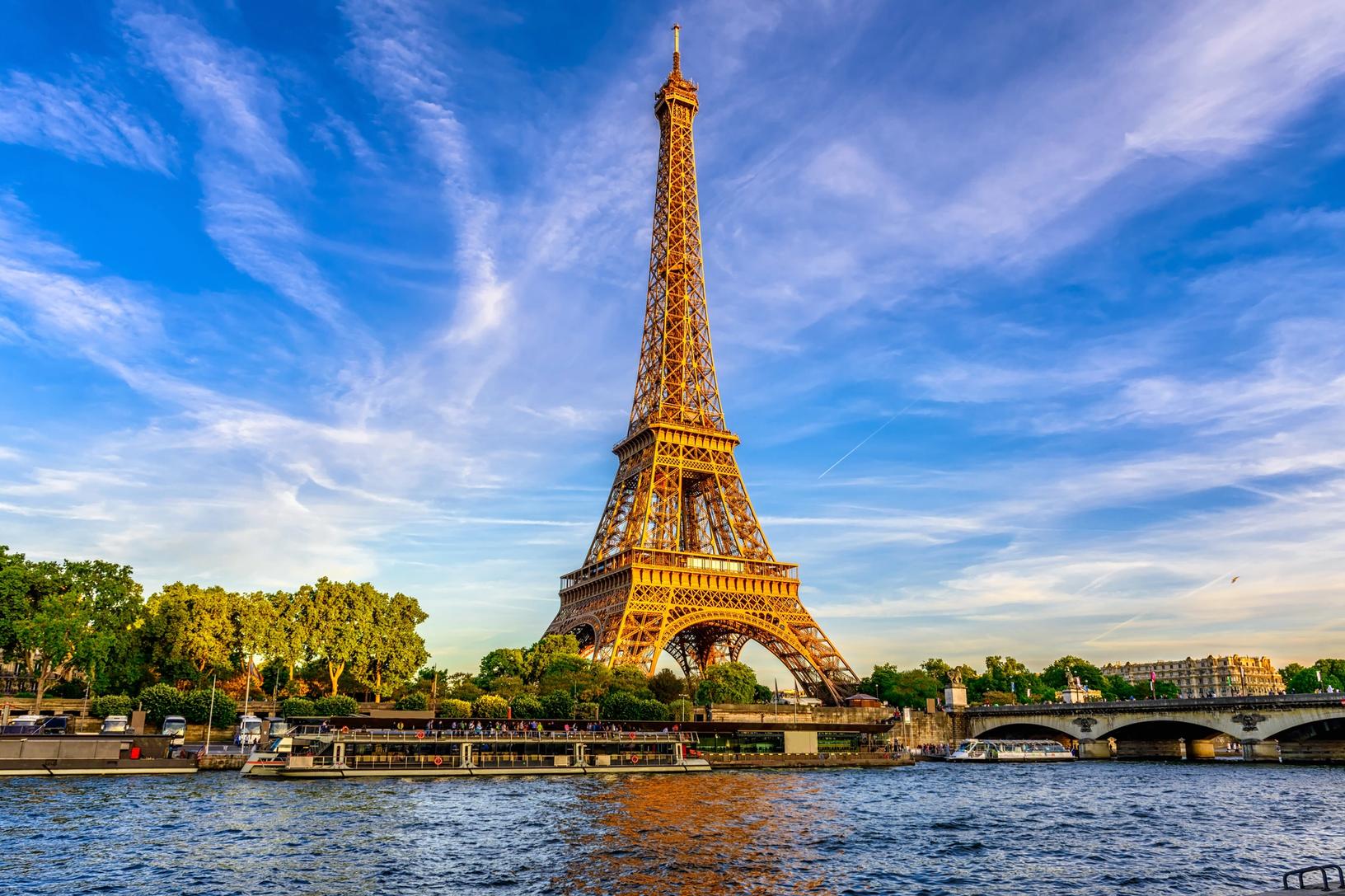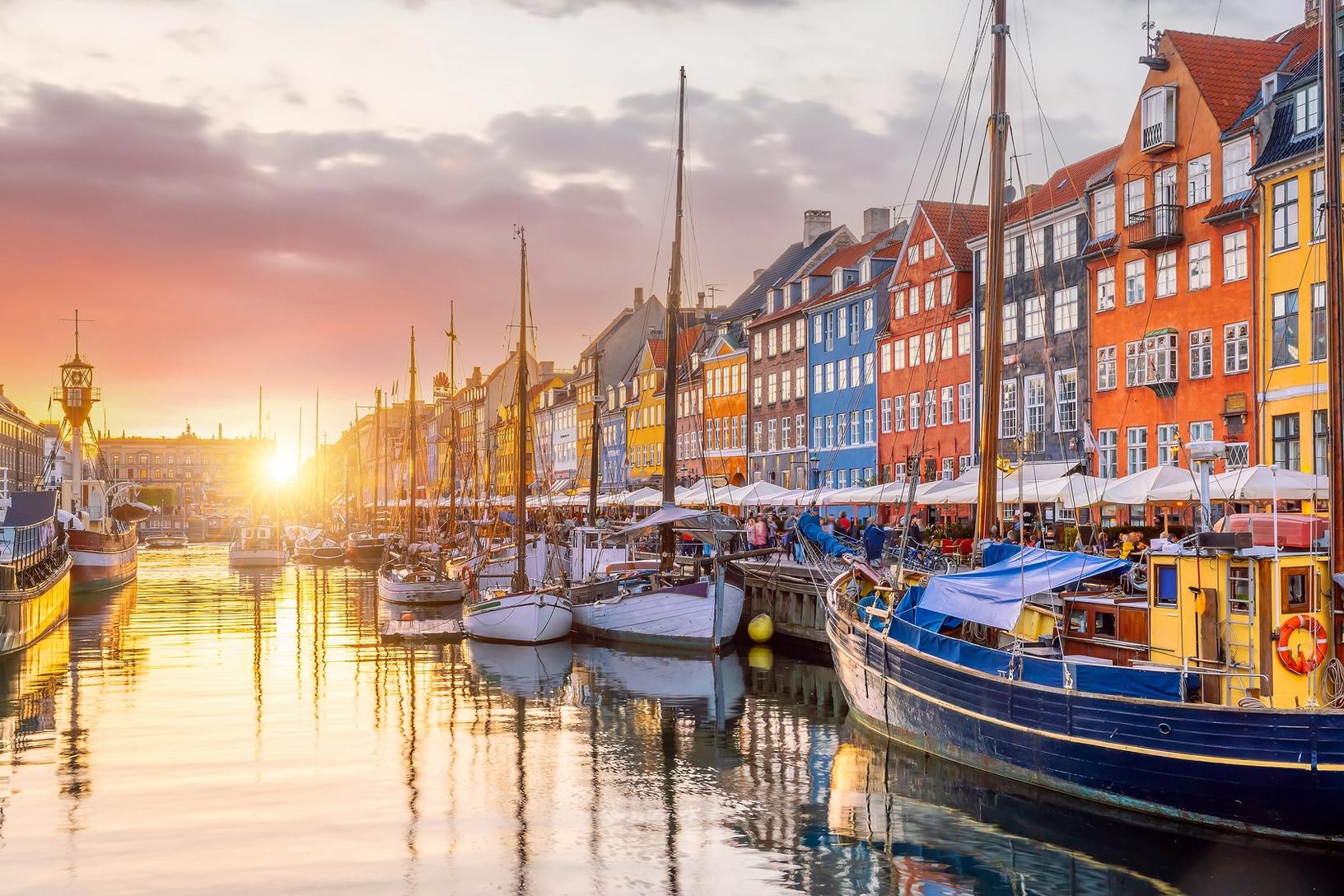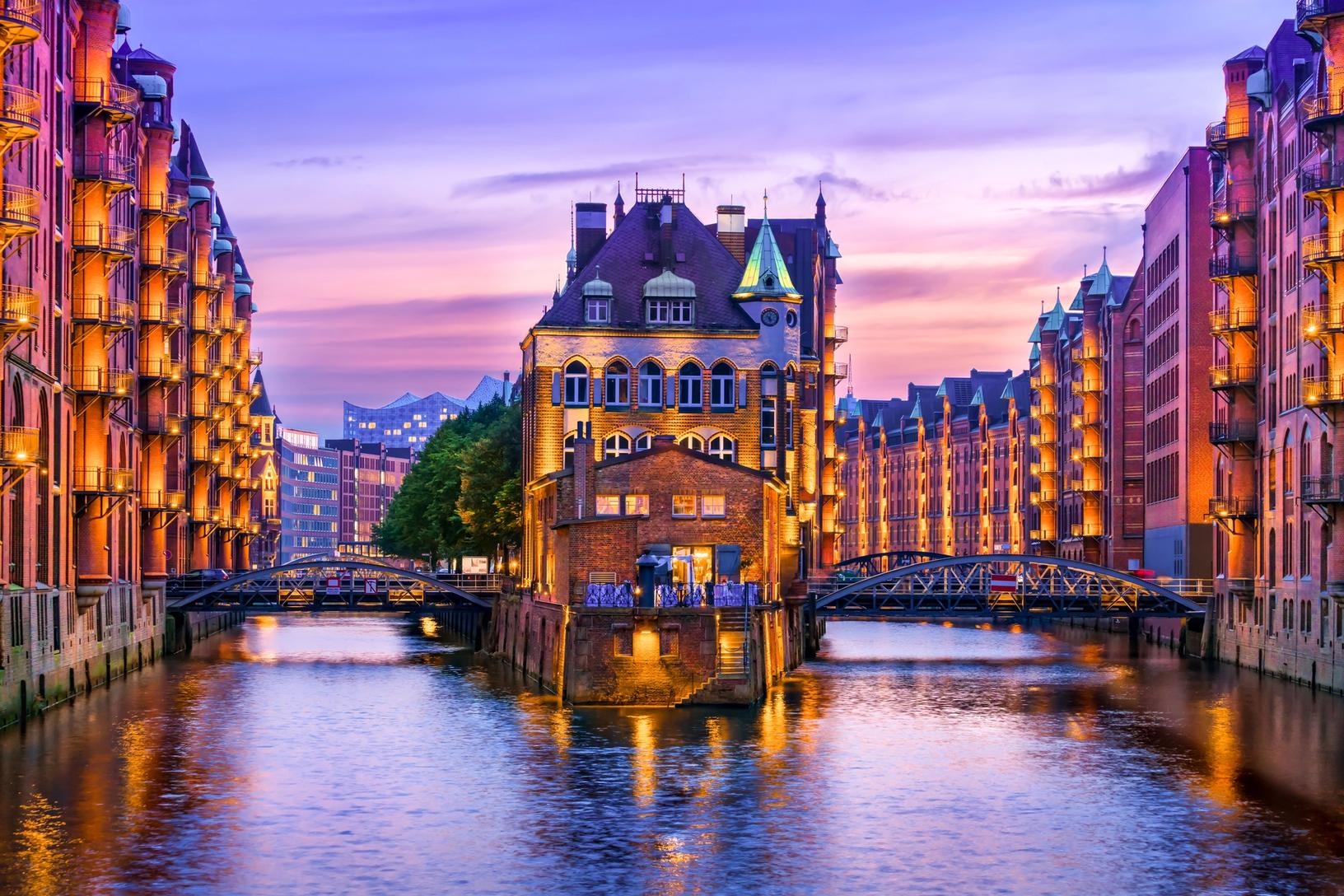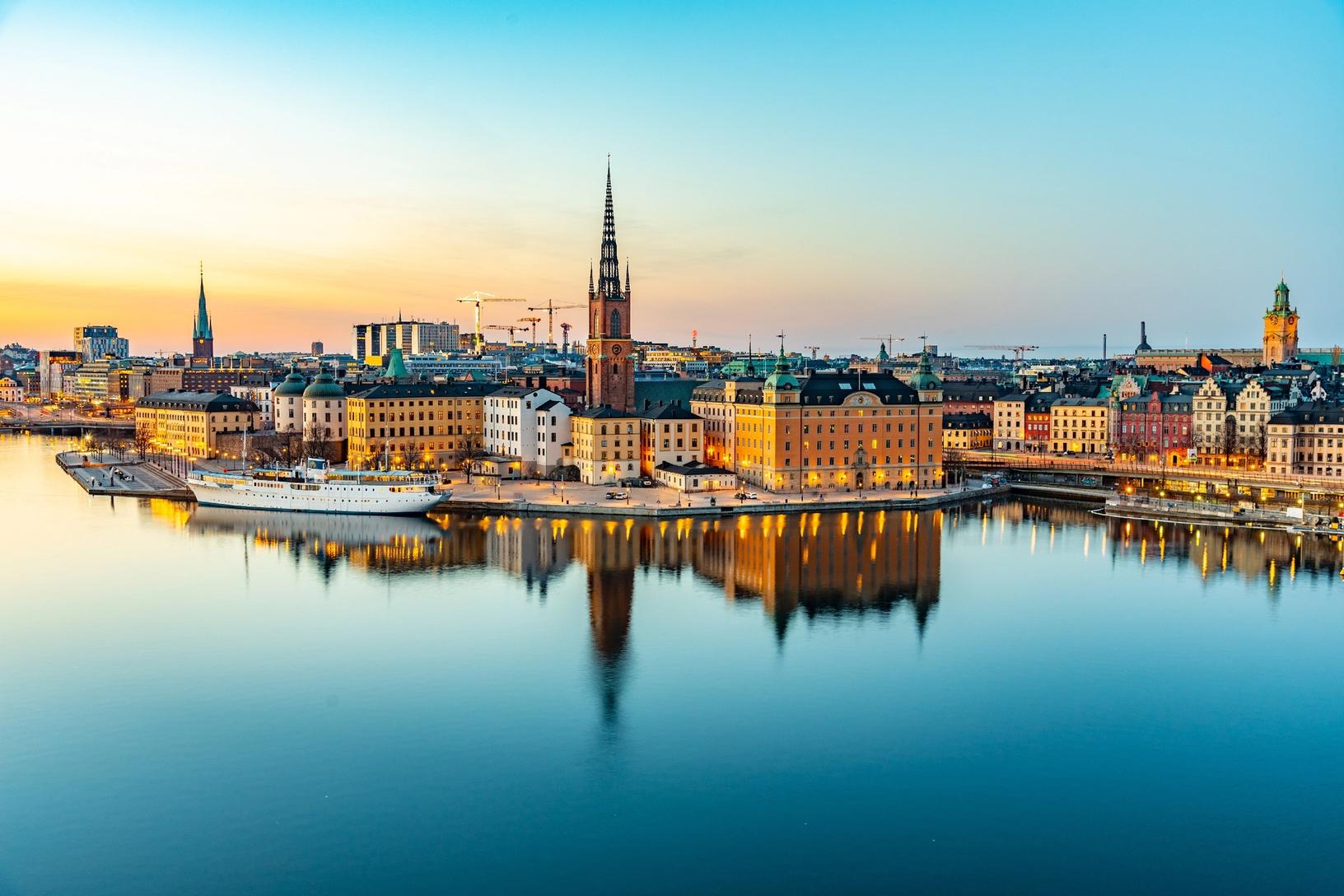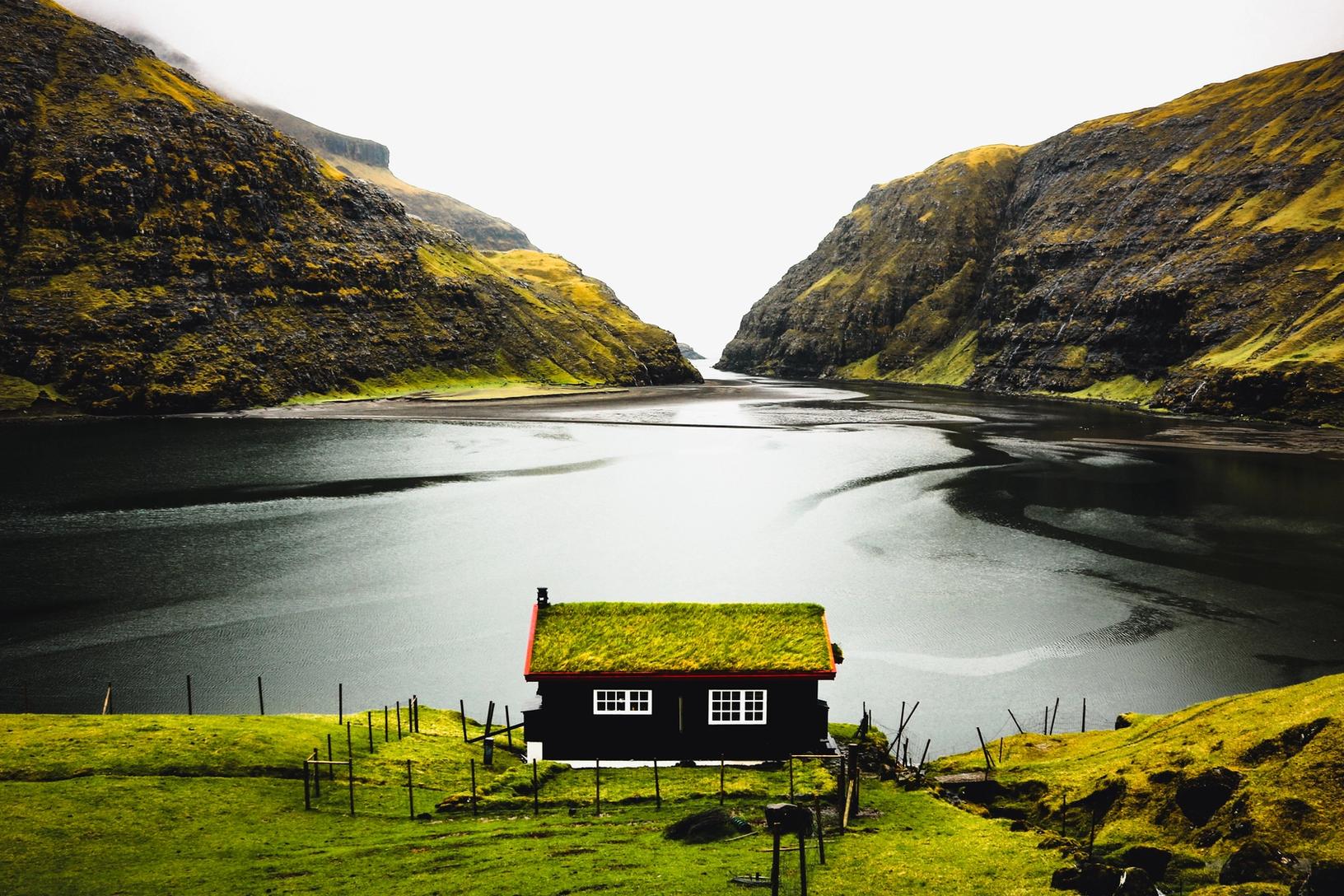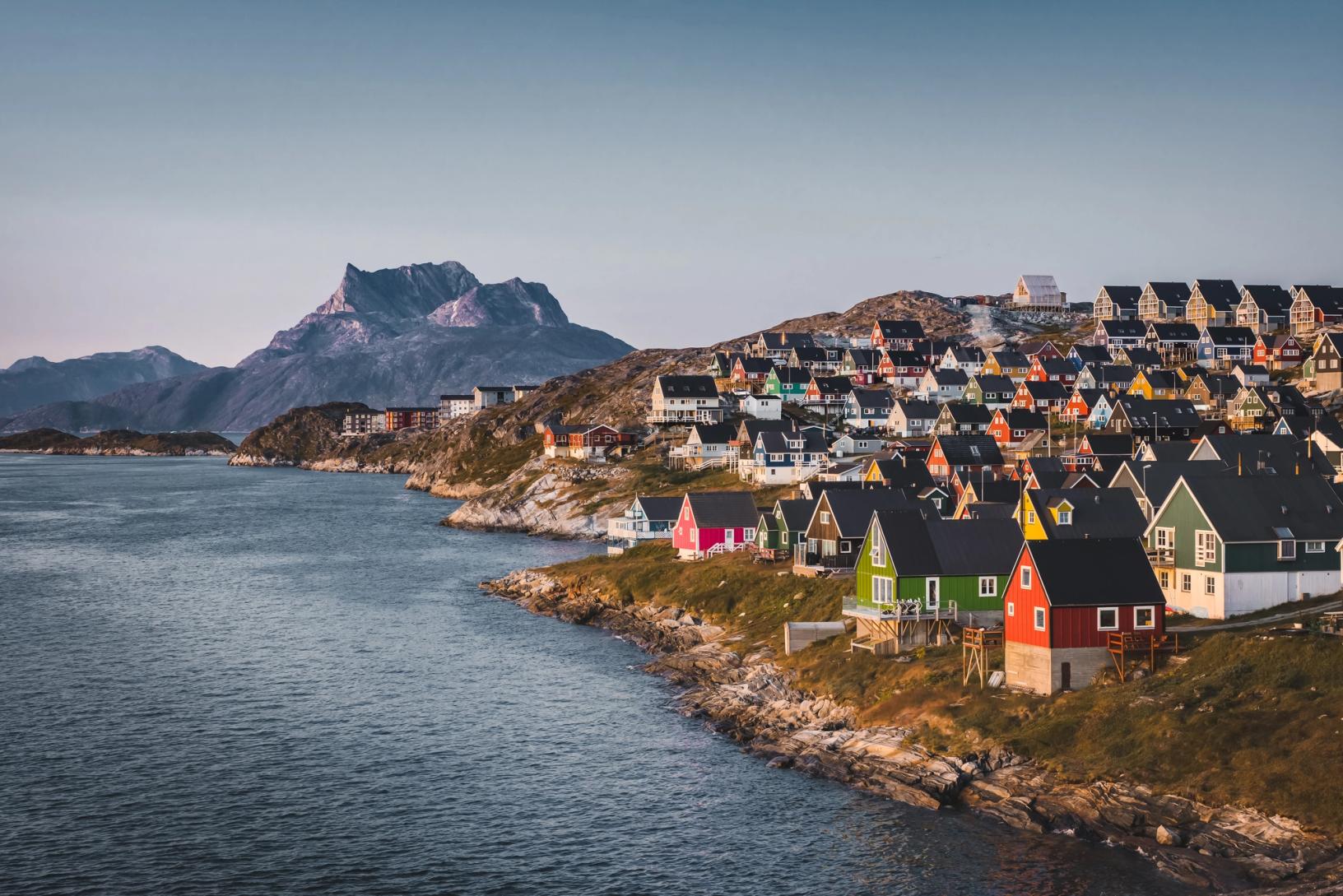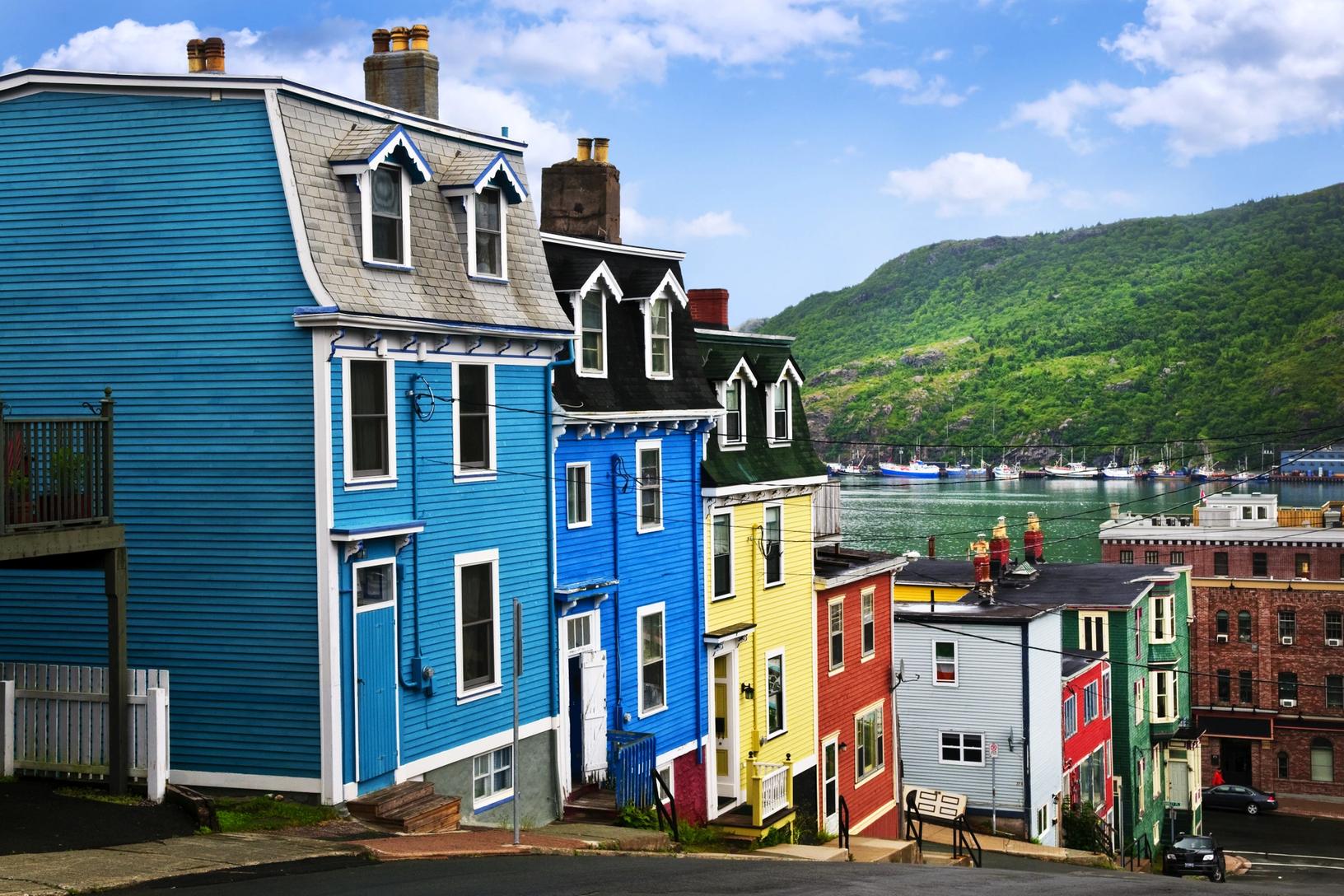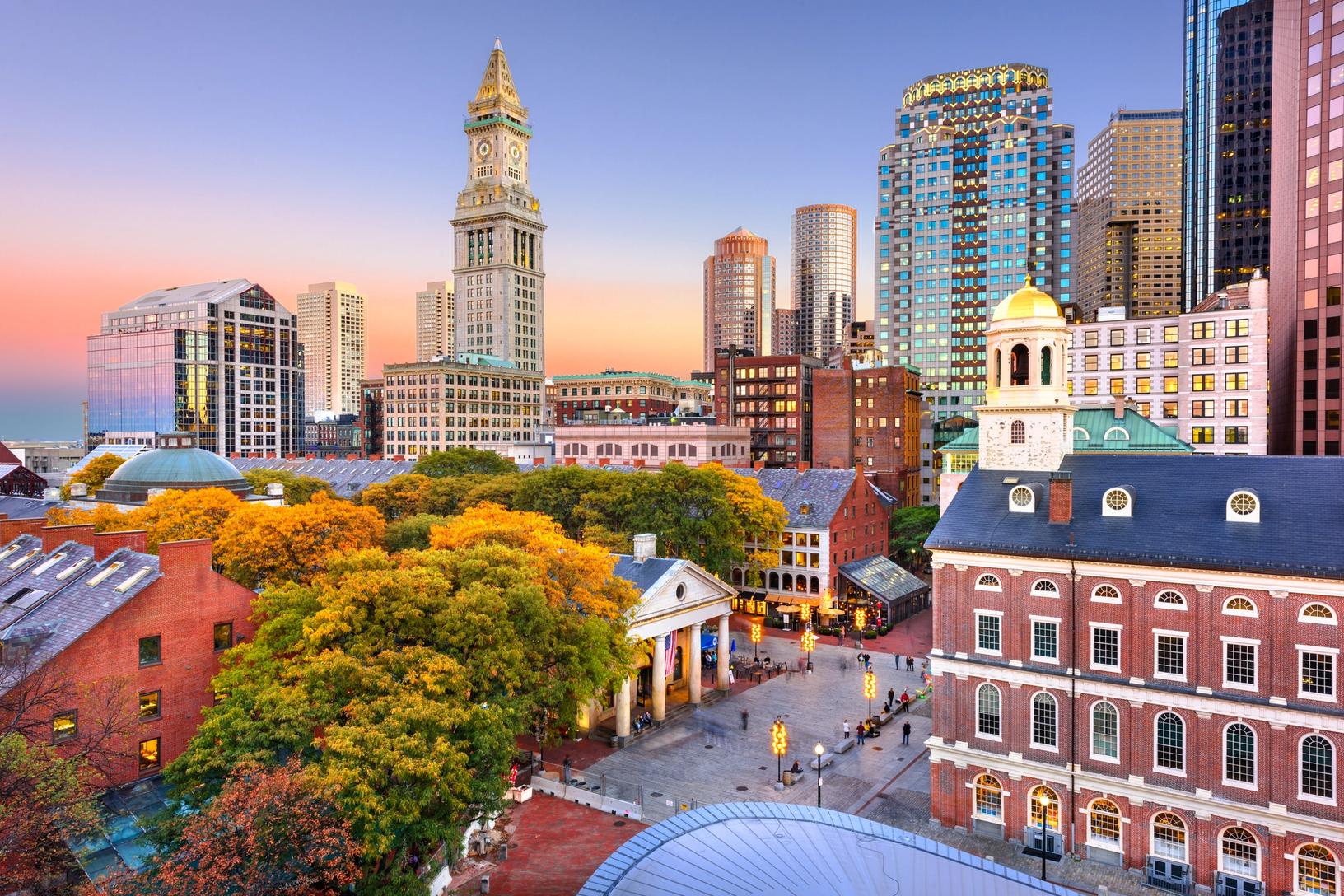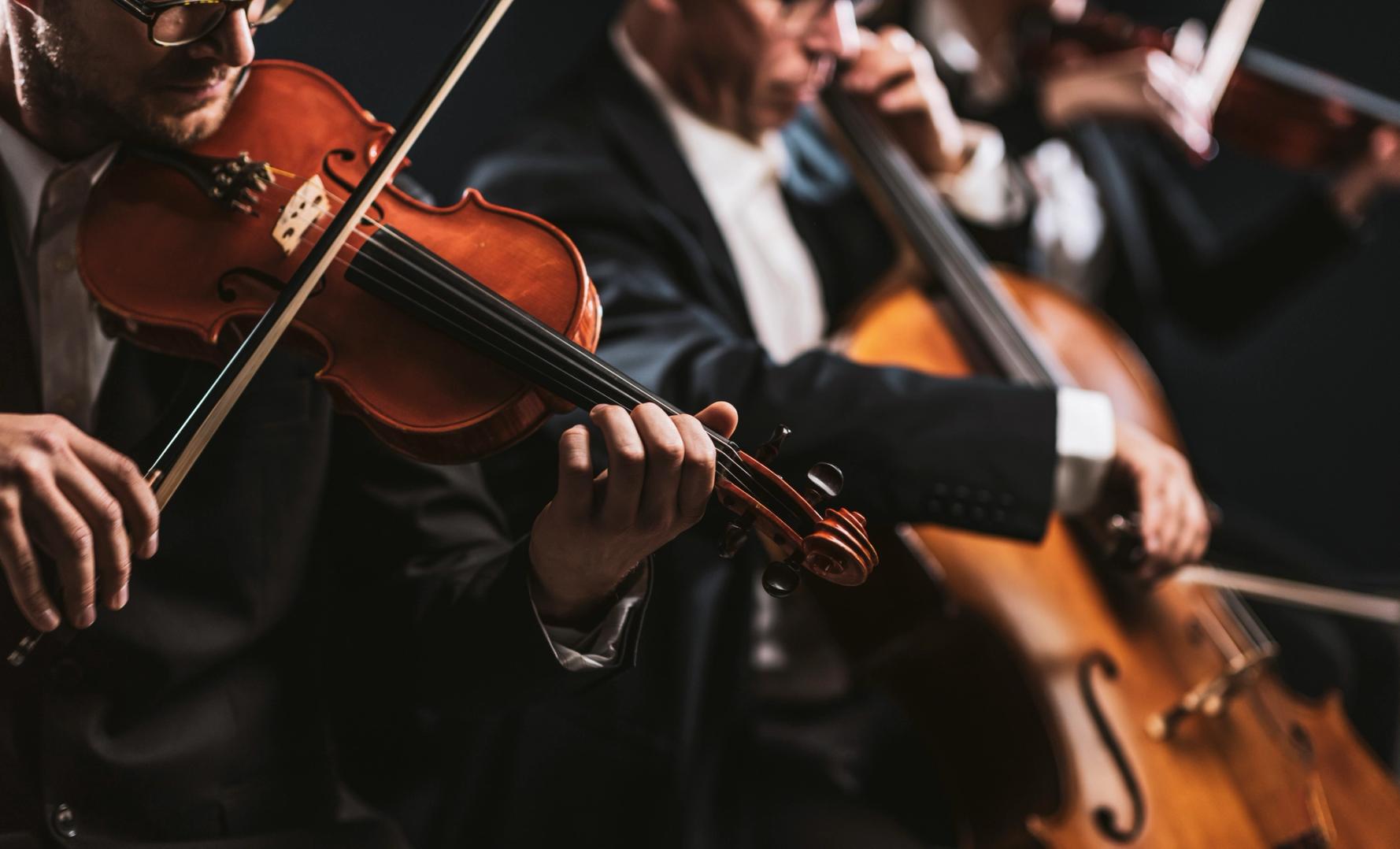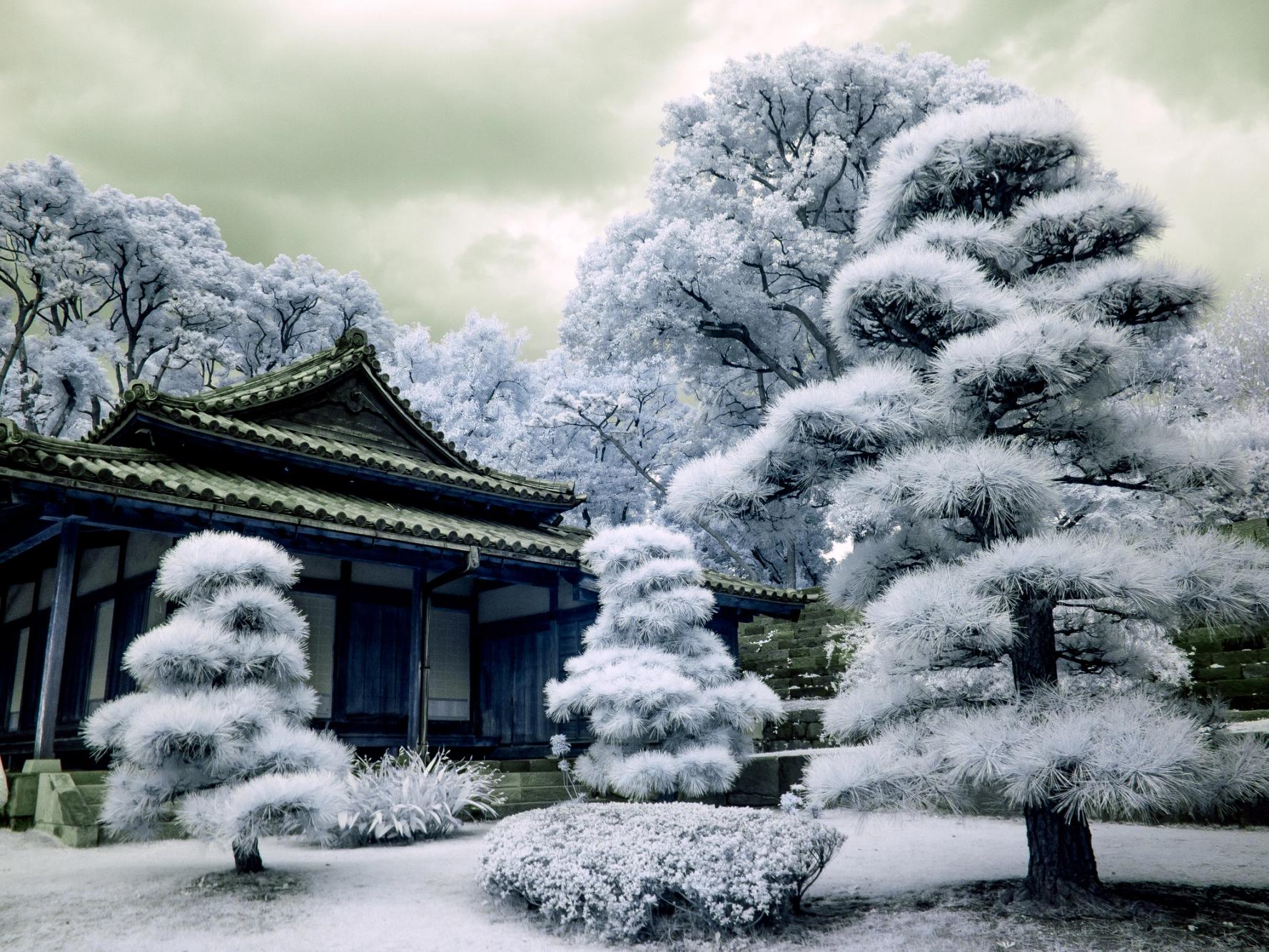
Tag: Indonesia
Wednesday, March 20, 2024 – Photo of the Day –

Where in the World Are We?
We toured the Mangarakan Royal Palace in Surakarta, Central Java, Indonesia. (Near Semarang)

SEMARANG, JAVA, INDONESIA
INDONESIA – AN ARCHIPELAGO OF 17,508 ISLANDS AND A LANGUAGE RICH IN HISTORY
The island of Java is home to a large number of ethnic groups, all of whom have preserved the richness of their
language while also speaking the country’s official language, Indonesian.
Basa Jawa, or Javanese, is the language of the Javanese ethnic people. But unlike most other languages, there is not
one, but three very distinct Javanese dialects, the use of which is highly codified: Kromo, Madhjo, and Nyoko.
The idiom used is dictated by each speaker’s age and social background. For example, when speaking to
someone important – or more important than oneself – or when you want to show appreciation to the other person,
you use Kromo, the High Javanese or court language used to express deference and respect. To express yourself as an
equal, you use Madhjo; to speak to someone of lower rank, you use the popular language, Nyoko.
Complicated? Indeed, but the complexity of Basa Jawa does not stop there. This triple language also has
variants depending on the region of the island where the speakers live: Basa-Dalam in the central areas in the
island, Basa-Luar for the coastal dialect, and in the western mountains, Soenda, which is even an independent idiom
of Javanese.
Conjugation? Piece of cake… As the language has neither article nor gender and only two numbers, conjugation
logically makes no distinction between numbers or persons, and to top it all off, the same word can be both verb and
noun. Add to this the fact that words that can be combined to form compound words transform that
make them unrecognizable, and you have a language that is fascinating for a linguist to study but that would give
any language student terrible nightmares.
The icing on the cake? Javanese uses an alphabet derived from an ancient Indian alphabet. And if you’re wondering
whether this rich language has anything to do with computer languages, you should know it does not. The Java
language was named by its creators after… coffee, java being the nickname sometimes given to a cup of
coffee in the United States.
PASAR JOHAR SEMARANG
Johar Market in the heart of Semarang is one of the historical buildings inaugurated on June 9, 1939. It is considered one of South East Asia’s biggest and most modern markets. This historic market has been a cultural and economic center for generations, and its rich history, incredible variety of goods, and lively atmosphere make it a must-visit destination for locals
and tourists alike.
SIGHTS
- Lapangan Pancasila Simpang Lima Semarang City Park
- Museum Ranggawarsita
- Pagoda Avalokitesvara
- Quartier Chinois – Chinatown
- Borobudur Temple
Today’s Excursion – Day 2 of “Where Majestic Temples Meet.
Mangarakan Royal Palace
The Pura Mangkunegaran is a Surakarta, Central Java, Indonesia palace complex. It is the official palace and residence of the Duke of Mangkunegara and his family. The palace complex is one of the centers of Javanese culture and contains a museum exhibiting royal artifacts of Mangkunegaran. We had performances of “Women Coming of Age” and “Men in Military Training.:



















After the tour and performances, we had lunch in a glass pavilion.














TONIGHT’S SHOW WITH JULIAN GARGIULO
PIANIST WITH THE HAIR
Julian Gargiulo is a pianist, composer, and Steinway Artist. He performs regularly
in Carnegie Hall, United Nations, Moscow Conservatory Hall, Symphony Stage in
Singapore, and Seymour Theatre in Sydney, and has been featured on Radio and
TV stations in North America, Europe, and Asia. His first recording for Deutsche
Grammophon “Estro,” with violinist María Dueñas, was released earlier this year
to wide acclaim.
Julian’s concerts are always an interactive experience. Julian. He captivates his audience with his technical precision and Jerry Seinfeld-ish wit. Julian invites his audience to abandon all preconceived notions about classical concerts. He presents a program on stage that includes classical standards, Tango transcriptions, and his compositions. He engages the audience in between pieces by sharing his personal stories, anecdotes from composers’ lives, and his home remedies for jet lag.
In 2015, Julian presented the first edition of ‘Getting to Carnegie’, an international music competition that offers musicians worldwide a chance to share the stage at Carnegie Hall. In 2020 Julian and his wife Elektra started a New Music Series called “One Classical Minute” (www.oneclassicalminute.com) described as “High Culture in Low Doses” for everything you never wanted to know about classical music, and never bothered to ask.
Julian splits his time between New York and Paris. More info at: www.pianistwiththehair.com
“Saturday Night Live meets Carnegie Hall” (Huffington Post)
“Expect to revise any preconceived notions you have about classical music concerts.” (Huffington Post)
“He’s the only classical musician I know who could truly be regarded as a rock star as well.” (The Courier Mail)
“He was in town last night… he’s just brilliant… there are not enough words to describe the genius behind him because when he sits down and plays, you are watching a Beethoven or Chopin… years from now, your grandkids and great-grandkids will be talking about Julian. He’s just magnificent.” (ABC TV)







Tonight’s dinner was in The Restaurant.














Check out today’s Chronicle.
March 19, 2024 – Semarang, Java, Indonesia

Where in the World Are We?
At the Temples south of Semarang, Java.

SEMARANG, JAVA, INDONESIA
A MELTING POT OF BEAUTIFUL ARCHITECTURE, RICH HISTORY, AND DELICIOUS FOOD
See a wonder of the world rising from Central Java – as you encounter the majestic Borobudur Temple, the largest
Buddhist monument in existence. Hidden from the world for hundreds of years, below the ash of a vast volcanic eruption, it stands in all its restored glory, with Mount Merapi looming imposingly behind.
Semarang itself mainly functions as a gateway for Borobodur. Still, its port was a vital one for the Dutch colonizers,
and the city continues to be a bustling center of Java life. Hang around to discover Semarang’s collection of colonial
churches and the towering Avalokitesvara Pagoda, which reaches up seven tiers into the city’s skies.
A soaring UNESCO World Heritage Site, the sprawling Borobudur Temple covers 123 square meters of land and was
completed in the 9th century. Learn of its mysteries and secrets, and of the abandonment and eruption, which would
conceal it from view for hundreds of years. Built by the Syailendra dynasty – which ruled in Java for 500 years – the
lotus flower-shaped temple was restored to its former glory in the 1970s and features three layers stacked up with
intricate carvings. The monuments represent fundamental Buddhist beliefs relating to the process of attaining Nirvana.
Indonesia’s largest Hindu temple, Prambanan Temple, also rises nearby. Another lost UNESCO World
Heritage Site, its soaring stone spires date back to the 9th century.
GREAT MOSQUE OF CENTRAL JAVA
The Great Mosque of Central Java is designed in a mixed Javanese, Islamic and Roman architectural style, which is called Masjid Agung by locals. The main building of the pyramid-roofed mosque is typical of Javanese buildings, however, due to the grand size and fantastic architecture, many tourists are interested in visiting the mosque to conduct exploration and
photography.
SIGHTS
- Lawang Sewu
- Wisata Sam Poo Kong Temple
- Tugu Muda Semarang
- Old Town Semarang
- Semarang Tawang Station
- Semawis Night Market
Today’s Excursion – Overnight trip to “Where Majestic Temples Meet.”
We traveled to the mist-shrouded jungles of Central Java for an extraordinary overnight experience exploring two of the world’s most inspiring spiritual temples, both UNESCO-listed treasures.
Our discovery took us to the vibrant city of Yogyakarta, the cultural heart of Java revered for its kratons (palaces) set against a backdrop of terraced rice paddies and fertile valleys.
Our first stop was at the Mesa Stila Coffee Plantation, Hotel, and Spa where we toured the coffee plantation planting, processing, and grounds, viewed the suites, and had lunch in a central pavillion.





















After noon, amidst the crossroads of ancient religions, we explored Borobudur, where the ancient stone stupas and intricate carvings of the world’s largest Buddhist temple whisper tales of forgotten empires.


































That evening briought an exclusive gala event and show amidst the towering spires of Prambanan, Indonesia’s largest Hindu temple, as we witnessed a “Tawur Agung” prayer procession, savored an al fresco of dinner of local specialties as the setting sun casts its ever-changing hues over the surreal landscape. There were before and after dinner cultural shows.





















Check out today’s Chronicle
